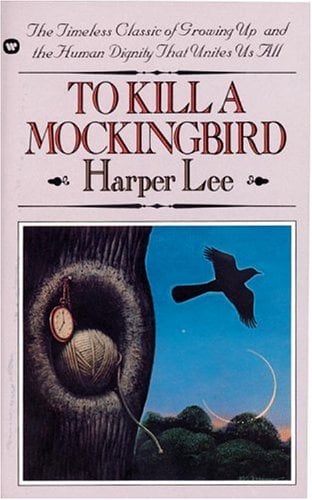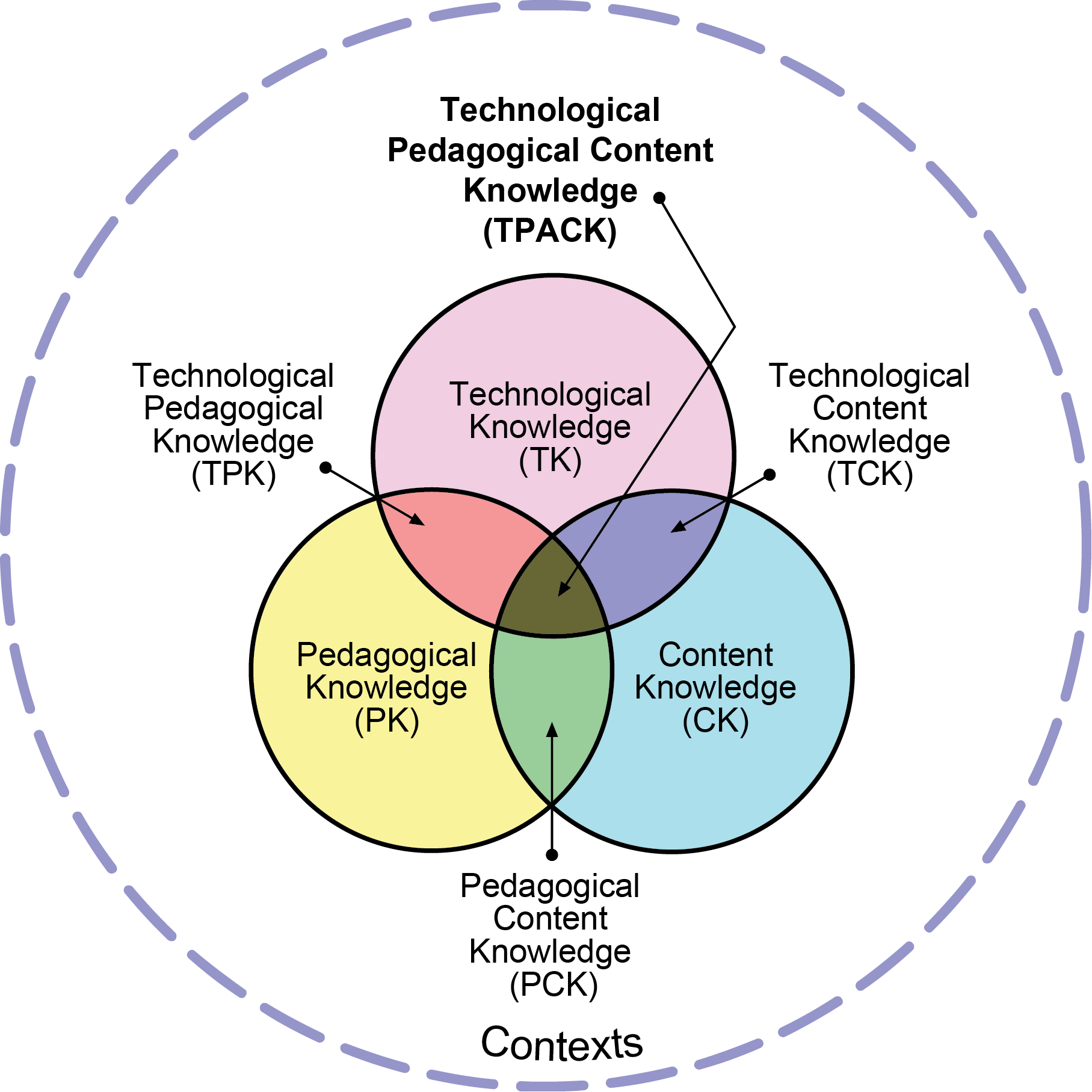Technology has changed the way that we learn because it is impossible to keep up with the volume and pace of information which is available to us. As a result, according to the Connectivism article on Elearnspace, we need to be able to “make connections between specialized sets of information.” Also, since information is constantly changing, knowing how to find and evaluate information is more important that what one actually knows at the moment.
The volume of information is what leads to the idea of being a “curator” as discussed in the YouTube videos by Steve Rosenbaum and Robert Scoble. Rosenbaum refers to the “data overload” and an “avalanche of data.” He talks about the need to filter the information and “embrace clarity.” Scoble reinforces these ideas, although the amount of data that he filters seems overwhelming to me! I think what both men are saying is that it’s impossible to take in all of the information. We need to be “human filters.” That implies filtering what we pay attention to. In other words, don’t attempt to follow everything; create your own banks of information. Choose who you follow carefully. Also, pass on, as in the form of retweets or likes, what you think is worthy for others to see.
We’ve been talking about the idea of creating Personal Learning Networks, which I see as a place to find and share information that is important to us. This is a form of curating. The truth is, I have only just begun to think about how to organize and make sense of all of the information which is out there. At times, I find the amount of information daunting, so I am looking for the best way to sift through and filter what I read.
I feel like I’m still trying to find the best way to curate, but for now I’m most comfortable with Google+. In particular, I think the communities are a place to start, especially to facilitate my integration of technology into my instruction. I’ve joined a few communities and I will look to them for ideas. I also hope that as time goes on I will share my ideas with them. In addition, I am investigating other communities which will be helpful.
| Google+ Communities |
I also am eager to use Twitter more. Robles advocated Twitter as one of the best sources of information. As we have learned, Tweetdeck helps to filter that information. As Robles said, I need to figure out who to follow. I’m still working on that. Honestly, I haven’t used Twitter much before, but I want to become more comfortable with it as I develop my “online identity.”
| Tweetdeck |
The Internet has definitely become “the dominant text for our generation” (O’Byrne). We must develop the ability to find, evaluate, filter and share the information that we deem important. As always, the traits that will help us to be successful are persistence and flexibility.







